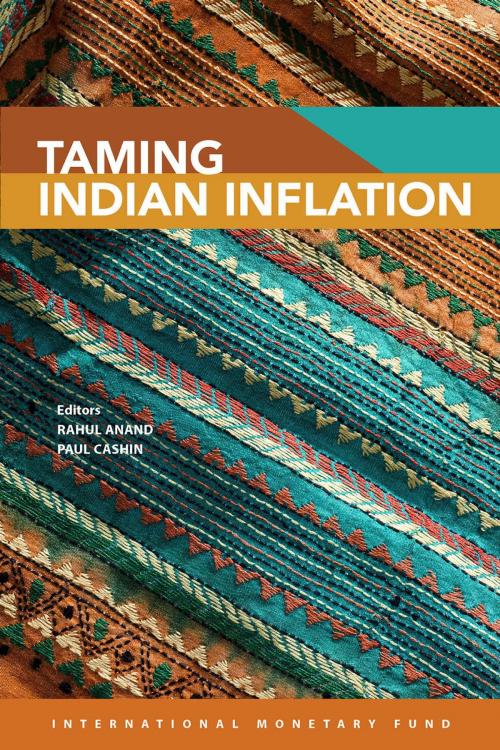| Author: | Paul Cashin | ISBN: | 9781498357838 |
| Publisher: | INTERNATIONAL MONETARY FUND | Publication: | February 25, 2016 |
| Imprint: | Language: | English |
| Author: | Paul Cashin |
| ISBN: | 9781498357838 |
| Publisher: | INTERNATIONAL MONETARY FUND |
| Publication: | February 25, 2016 |
| Imprint: | |
| Language: | English |
High and persistent inflation in India has presented serious macroeconomic challenges, such as widening the current account deficit, exposing India to global financial market turbulence, and slowing growth. A number of factors have caused high inflation, including food inflation feeding quickly into wages and core inflation, entrenched inflation expectations, sector-specific supply constraints (particularly in agriculture, energy, and transportation), pass-through from a weaker rupee, and ongoing energy price increases. This book analyzes various facets of Indian inflation and their implications for the conduct of monetary policy in India. In particular, given the role of food inflation in driving inflation dynamics in India, several chapters are devoted exclusively to analyzing and managing food inflation. Building on the analysis of inflation dynamics, the book discusses the role of monetary policy in taming inflation, particularly given the costs of high and persistent inflation in India.
High and persistent inflation in India has presented serious macroeconomic challenges, such as widening the current account deficit, exposing India to global financial market turbulence, and slowing growth. A number of factors have caused high inflation, including food inflation feeding quickly into wages and core inflation, entrenched inflation expectations, sector-specific supply constraints (particularly in agriculture, energy, and transportation), pass-through from a weaker rupee, and ongoing energy price increases. This book analyzes various facets of Indian inflation and their implications for the conduct of monetary policy in India. In particular, given the role of food inflation in driving inflation dynamics in India, several chapters are devoted exclusively to analyzing and managing food inflation. Building on the analysis of inflation dynamics, the book discusses the role of monetary policy in taming inflation, particularly given the costs of high and persistent inflation in India.















